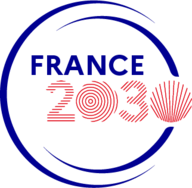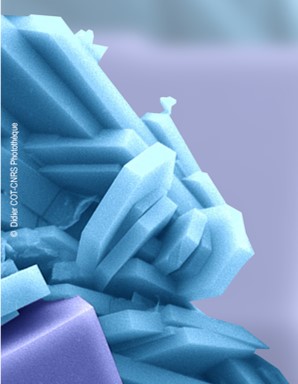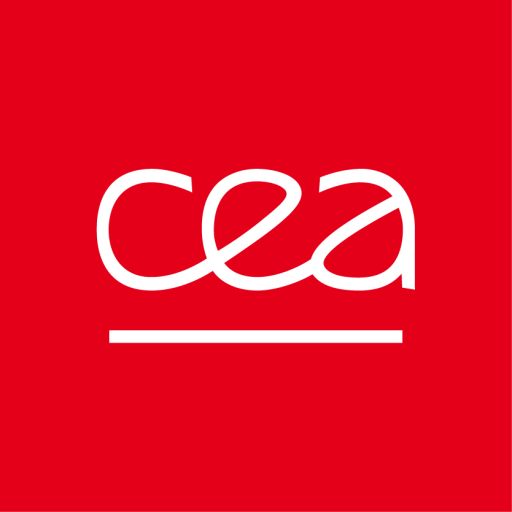With a growing demand for multifunctional materials with optimized properties, the usual materials by design approach involving the modulation of chemistry and nanostructure is a relevant strategy but it may encounter some limits. To overcome them, a complementary approach is to use an upper scale, the "mesostructure", in which the material architecture can be controlled by geometrical optimization or hybridation. This mesoscale strategy requires the optimization of shaping processes such as 3D and 4D printing technologies.
By using data mining and AI sciences in the loop of materials design, the ADAM project (Accelerated Design of Architectured Materials) wish to discover novel architectured materials (i) with optimized mesostructures for enhanced properties, (ii) which represent breakthroughs with respect to existing solutions, (iii) by speeding up this design process.
The proof of concept will be achieved with three printed architectured materials with different optimized physical or mechanical properties. These systems are of particular interest in the energy industry, transport industry and bioengineering. They meet the challenges of environmental and energetic transitions.
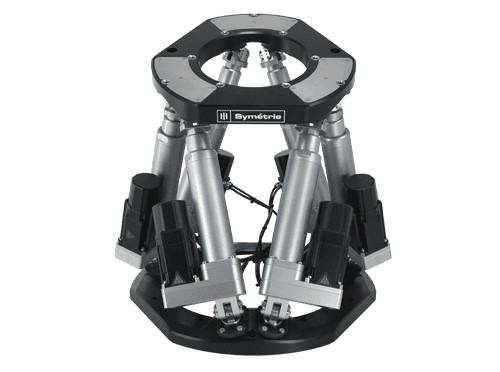
|
Workpackage 1: Characterization
The objective of the workpackage is to provide numerous and enriched characterization data at high rate both for additive manufacturing optimization and the digital design of materials. For that purpose, we are developping novel and dedicated setups to characterize the additive manufacturing process and the (hygro)mechanical properties of architectured materials to be designed : instrumented 3D printers, automatized hexapod and tension-torsion machine. The two first setups will be inserted into X-ray tomographs (ESRF beamlines BM18 or BM5 and laboratory X-ray tomographs) in order to get enriched with high rate 3D images during the processing and the multiaxial deformation architectured materials. |
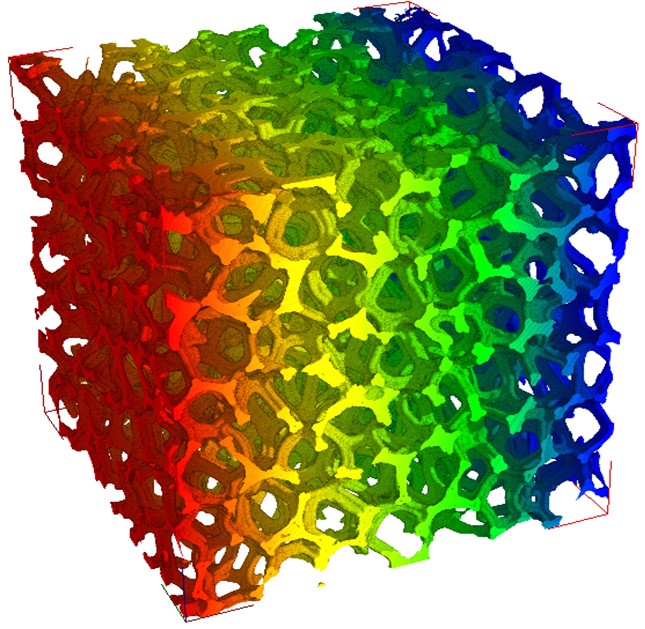
|
Workpackage 2: Spreading AI
The main objective of this workpackage is to develop tools and methods to make intense use AI techniques (a) to speed up the data acquisition and analysis of real time 3D images acquired during in situ and in operando experiments (WP1), (b) to optimize processing parameters from the in operando data or from numerical simulation used for forming processes, (c) to speed up the design of the material mesoscale architectures: numerical methods that combine topological and morphological optimization algorithms together with the hybrid version of AI. |
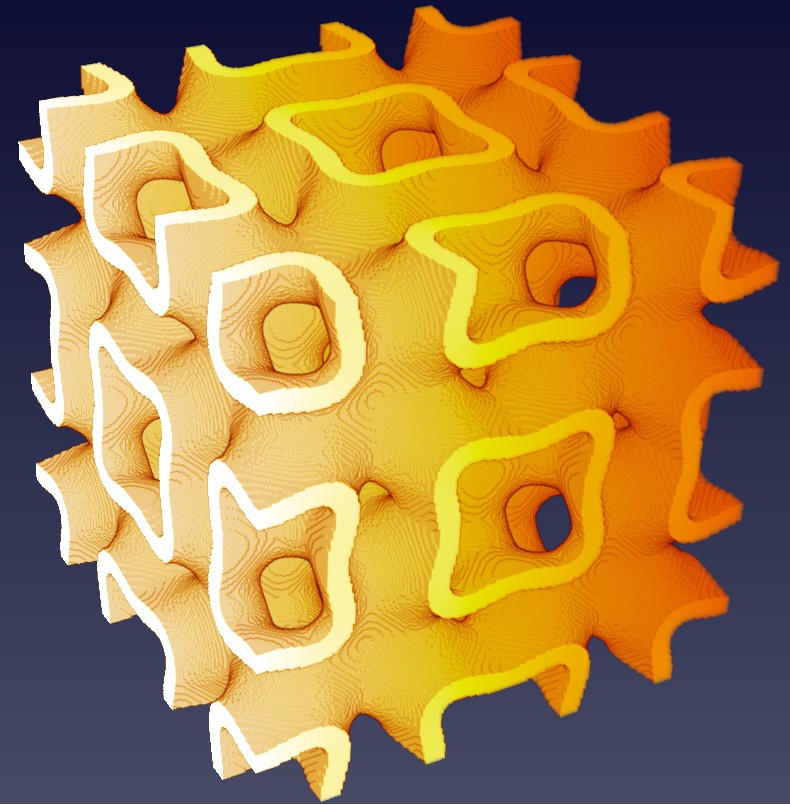
|
Workpackage 3: Demonstrators
The proofs of concept will be achieved using three architectured materials processed by additive manufacturing. For the two first metallic systems, by combining (1) instrumented 3D printers to gain in operando data, (2) fast 3D and in situ images of morphologies and physical fields of the processed and deformed architectures, (3) advanced modelling techniques in materials science and structure optimization, and (4) AI and data mining technologies, we plan to tailor their mesostructures and to optimize, respectively, their specific mechanical (elastoplastic) properties and their conductive and radiative properties. The third system is a 4D-printed architectured bio-sourced hydrophilic polymer, the mesostructure of which will be processed and optimized with the same route to reach novel hygromorphic properties. |
Several research groups are involved in ADAM. They are coming from research units of CEA or joint research units of CNRS and academic institutions:
3SR Lab from CNRS and Univ. Grenoble Alpes
CEA Le Ripault CMAP from CNRS and Inst. Polytechnique Paris
CMM from Mines Paris
IRAMIS from CEA
LaMCoS from CNRS and INSA Lyon
LGP2 from CNRS and Univ. Grenoble Alpes
LIST from CEA
LITEN from CEA
LMPS from CNRS and Univ. Paris Saclay
MATEIS from CNRS and INSA Lyon
PIMM from CNRS and Art & Métiers
SIMAP from CNRS and Univ. Grenoble Alpes

